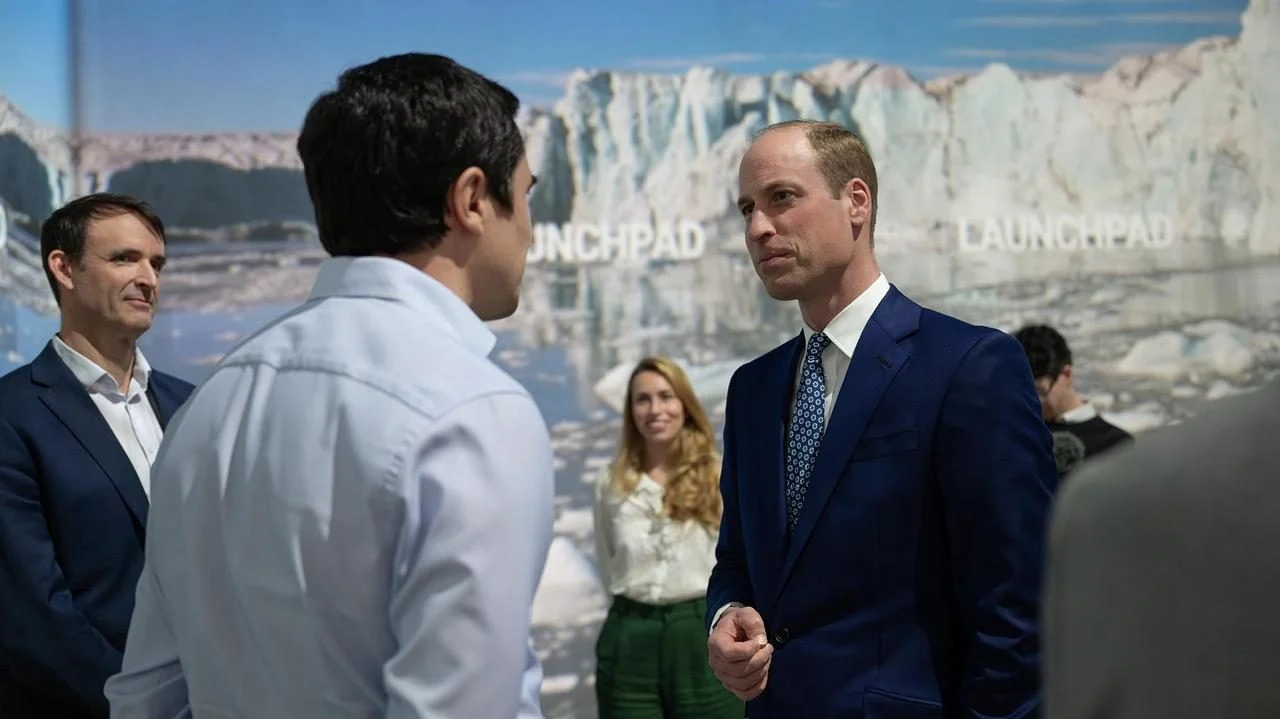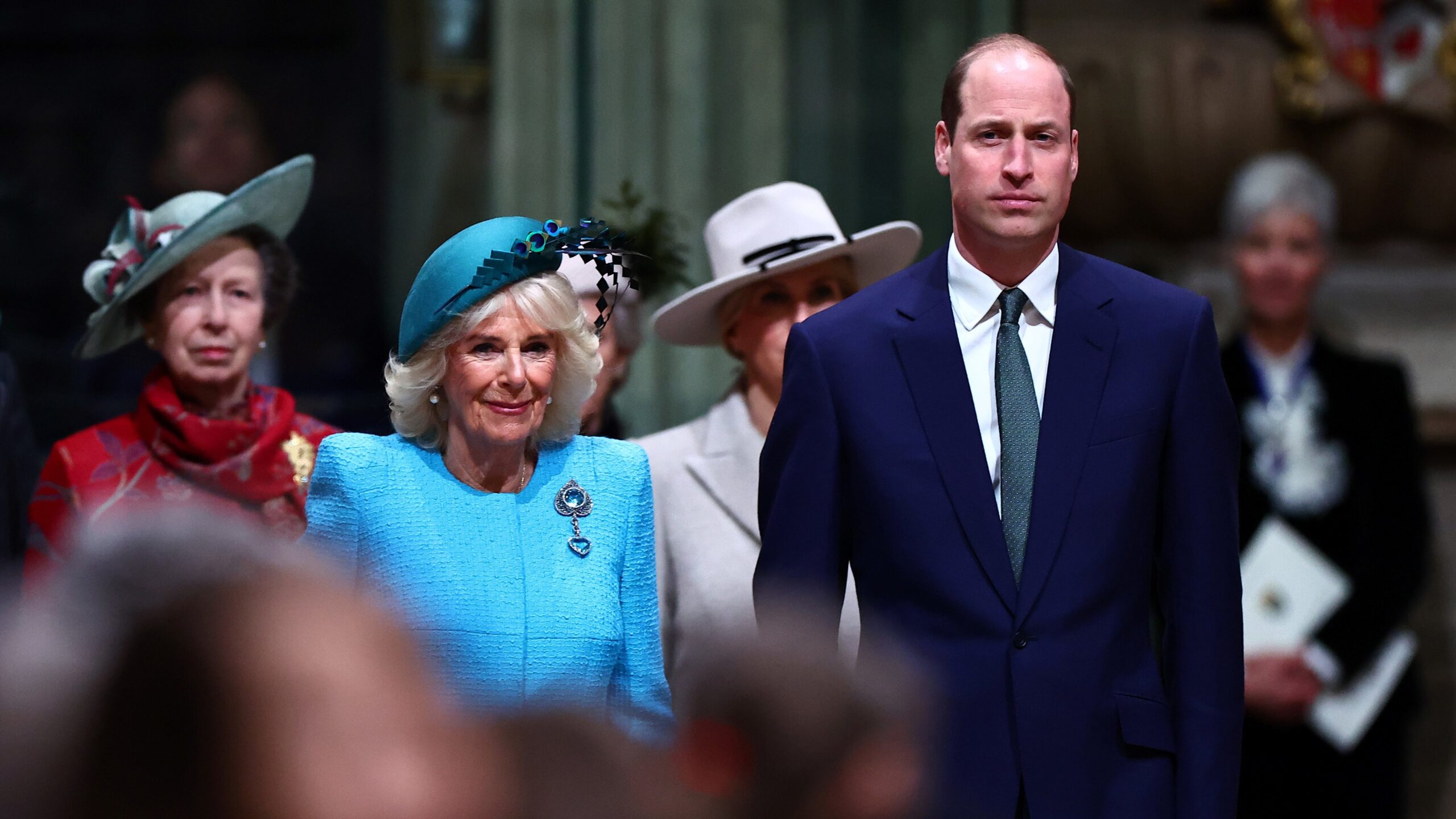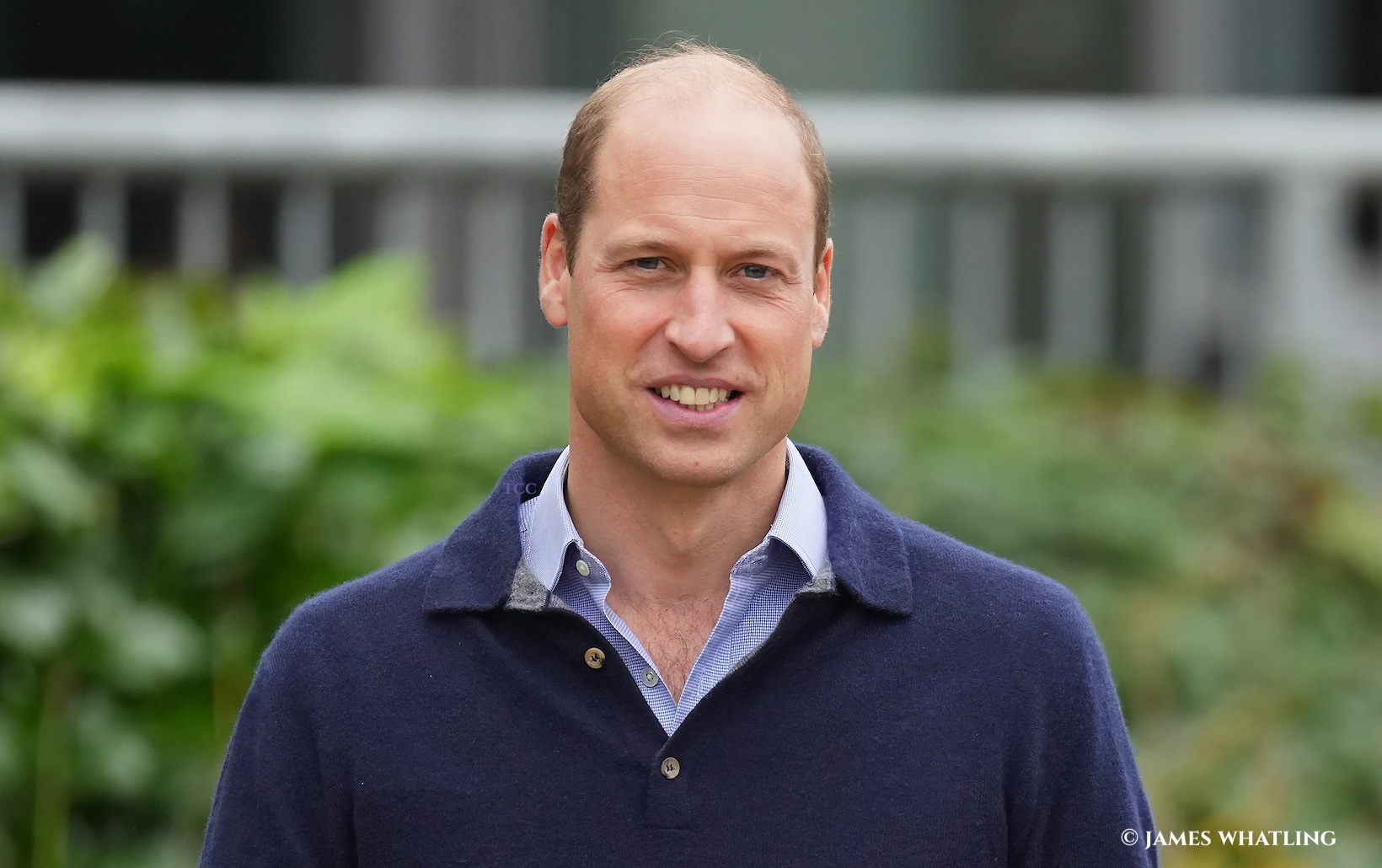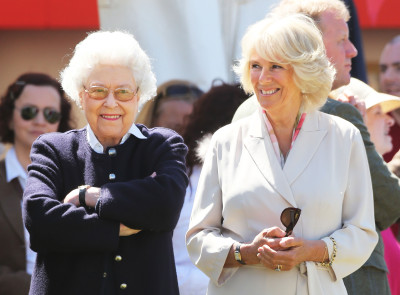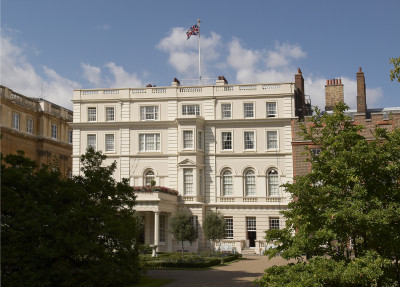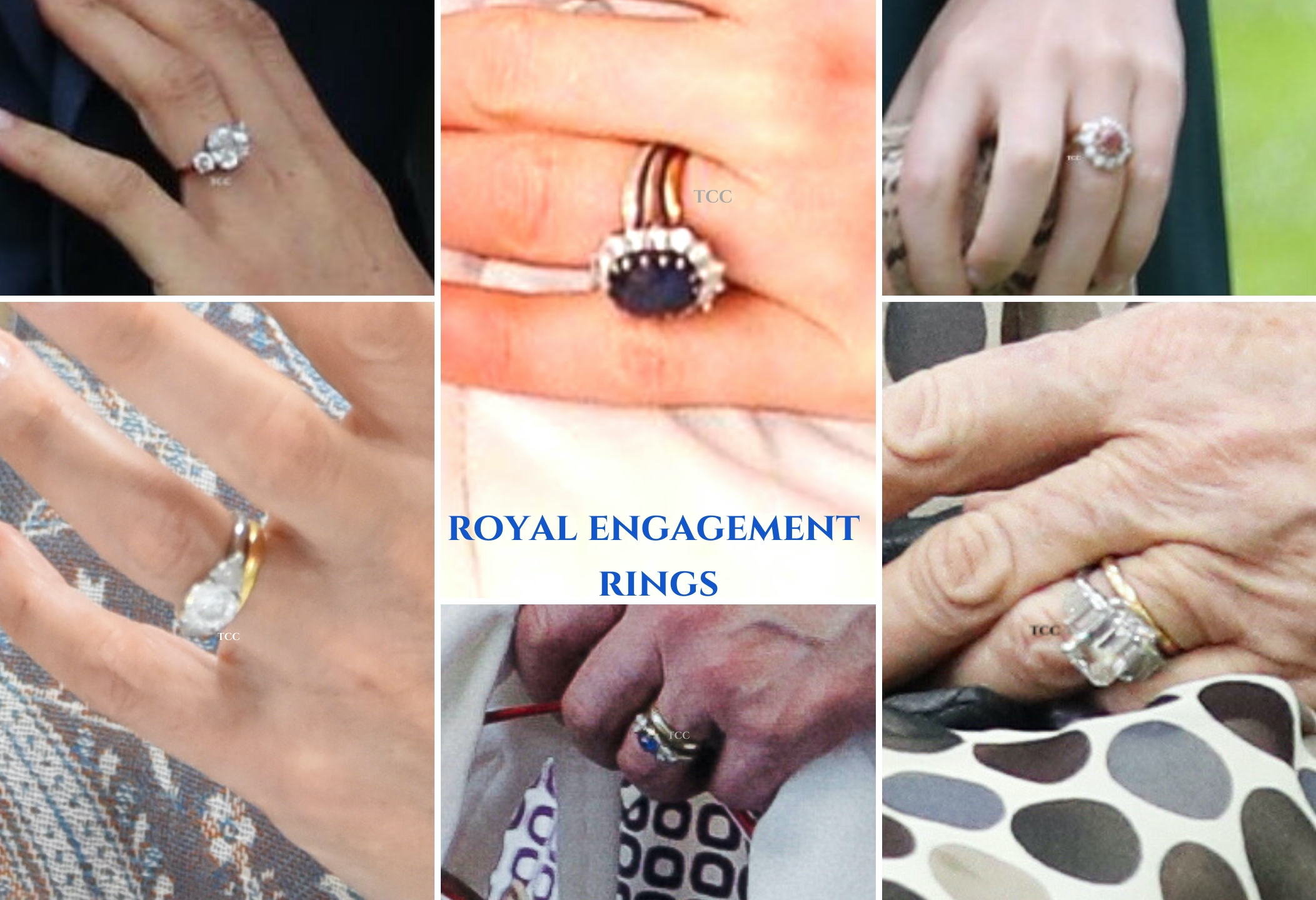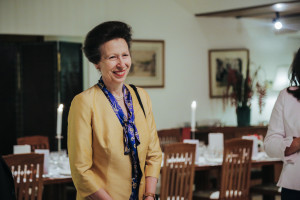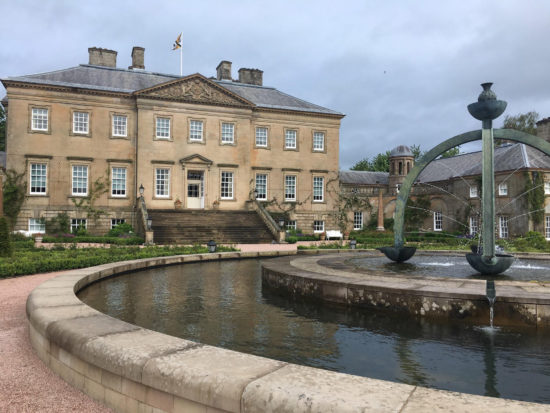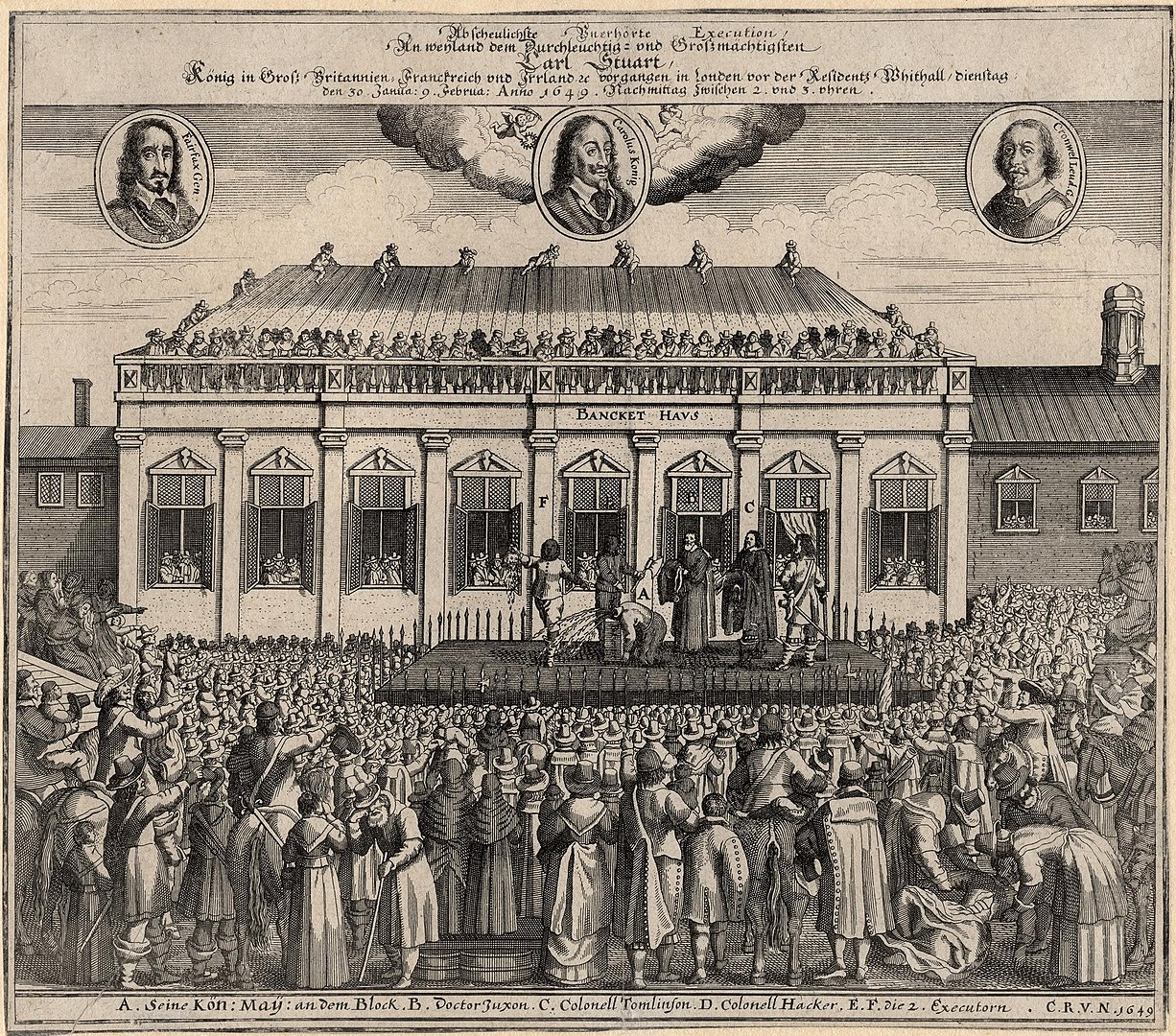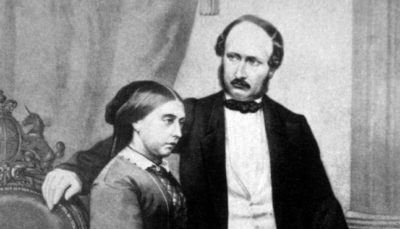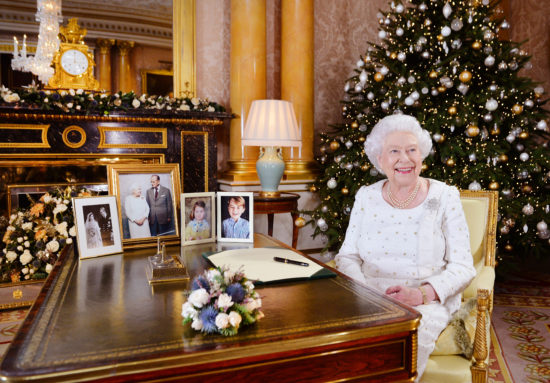The Duke of Cambridge today met a Jewish survivor of the Nazi concentration camp, Auschwitz, and heard his incredible tale of survival during a visit to the Imperial War Museum in London today.
Prince William, who is president of the IWM’s foundation, was visiting the museum to see the latest progress on the second phase of a £33.5 million project to enhance the attraction’s visitor experience.
Auschwitz, the notorious concentration camp located in German-occupied Poland, was one of a number of that French Resistance fighter Freddie Knoller, 96, endured following his capture by the Nazis during World War II.
Mr Knoller explained to the Prince how he took a badge from the uniform of a dead French soldier during a death march in early 1945 – an act that saved his life. Showing William the badge – which now forms part of the museum’s exhibits – Mr Knoller explained how he replaced his yellow star (the Nazi identification for Jews) with the red triangle badge (the identification symbol for a prisoner of war), allowing him to survive internment at the Dora concentration camp in Germany, where he was used as slave labour.

prince william, duke of cambridge speaking to wwii veterans and former concentration camp inmates at the iwm (kensington palace)
William looked at the badge, and asked, “How did you get it off – you tore it off?”, and was told he did.
The war hero presented the Duke with a copy of his book, Living With The Enemy, about his war experiences.
Mr Knoller said afterwards: “I showed him my striped uniform. This saved my life because it doesn’t show the number of a Jew, but of a French political prisoner.
“When I put it on, they thought I was a French political prisoner. It saved my life.
“I don’t want the world ever to forget what happened during the Second World War. I don’t want the world to forget that six million Jews were murdered by the Nazis. This is why I tell the story.”
Mr Knoller ended up in Bergen-Belsen, north of Berlin, where he and the other surviving prisoners were liberated by the British in 1945.


The Duke of Cambridge – who yesterday attended the Blue Planet II premiere with David Attenborough, and met the police orphan charity – mentioned his recent visit to Germany and Poland, which included a tour of a concentration camp. “Catherine and I were in Poland earlier this year, we had a very eye-opening tour around the camp – it was very eye-opening, very sobering.”
In July, William and Catherine were taken on a guided tour of Stutthof, a former Nazi-run camp built in what is now Poland, where 65,000 people – including 28,000 members of the Jewish community – died before it was liberated by the Allies in May 1945.
The royal guest also met WWII veterans Ted Cordery, 94, and 103-year-old John Harrison; they both served on HMS Belfast, which is the largest exhibit in the Imperial War Museum (IWM) collection, permanently moored on the Thames.
Mr Cordery was a Leading Torpedo Man during the Battle of North Cape in 1943, which was the last time a naval engagement was fought between big-gunned warships, while Mr Harrison worked as a Petty Officer on the warship and was injured when the it was struck by a deadly new weapon – a magnetic mine.
The 103-year-old told the Duke the story of being caught up in the blast, and said afterwards: “I got blown up 16 foot and the following morning my head was stiff, my neck was stiff.
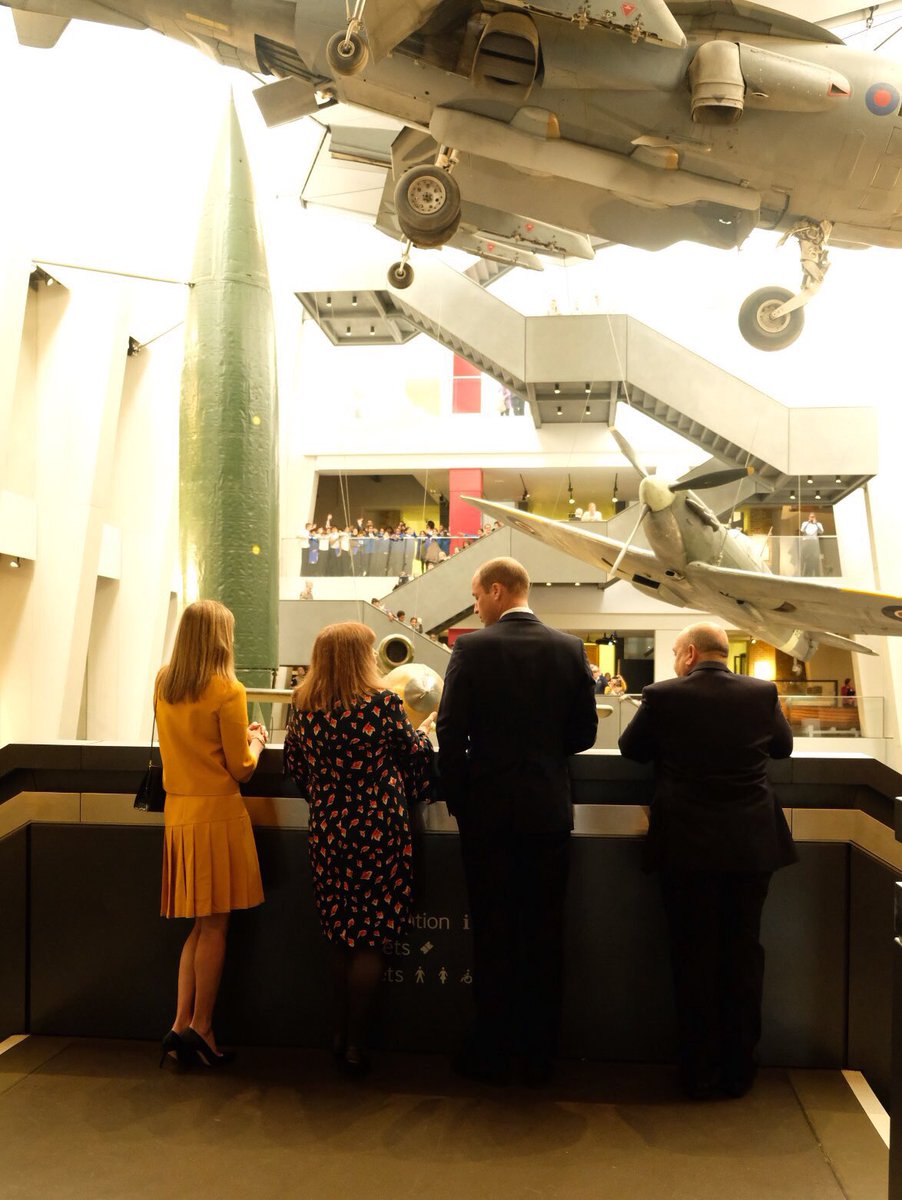
“I went to the medical room and was told ‘that’s because you got blown up John – three aspirins and report in the morning’.”
Hosting the Duke’s visit was the museum’s director-general, Diane Lees, who brought William up-to-date on the second phase of Transforming IWM London, a project that will open in 2020, creating new combined Second World War and Holocaust galleries and a learning suite.
The museum will become the only space to physically and vividly tell the history of the Holocaust within the context of the Second World War. The galleries will draw heavily on personal stories in order to tell a vivid narrative of the Holocaust, WWII and how they have shaped the world today.
Ms Lees said: “These ground-breaking new galleries will enable IWM to transform the way we present the Second World War and the Holocaust and, through our new narrative, enable visitors to engage with those parts of the story that may be less well understood and known to them.”
Photos: Kensington Palace Twitter


